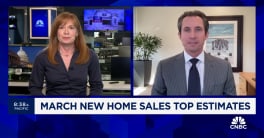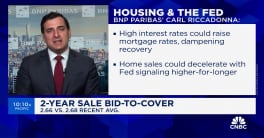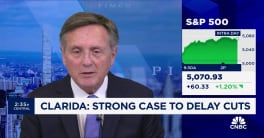It’s been a volatile morning for markets. The Dow has dipped into negative four times in the first 90 minutes of trading, but all three indexes look poised to end Friday on a high note.
As of 11 am, the Dow is up 0.58% at 8379, the S&P 500 is up 0.18% to 894, and the Nasdaq is up 0.66% to 1700.
Still, none of the gains are large enough to outweigh losses from Monday and Wednesday for a week-over-week gain.
Further Details:
Data has been somewhat upbeat on Friday, providing contrast to the gloomy news that GM will be cutting up 1200 dealers.
The Consumer Price Index remained unchanged in April, following a 0.1% decline in March. Core price ― which exclude volatile energy and food components ― advanced by 0.3% in the month, two-tenths more than expected, following a 0.2% increase in March.
The growth in core prices is a reflection of 0.4% increases in both vehicle prices and medical expenses, plus a 9.3% gain in tobacco products.
Industrial Production decreased 0.5% in April, as expected, after a 1.7% contraction in March. Production in manufacturing fell 0.3% in the month, marking a 16.0% decline since its December peak.
Joseph LaVorgna, chief U.S. economist at DeutscheBank, called the report “stronger than expected,” noting it had positive implications for Q2 GDP.
“We had been assuming that capital spending would be down 25% in the current quarter compared to a 34% decline in Q1,” he said. “This morning's data suggest the decline should be closer to -15%, so we are bumping up our estimate of current quarter real GDP from -2.8% to -2.0%.”
The Empire State Survey suggested manufacturing conditions in New York are contracting at a slower rate than anticipated for May. The reading climbed to its highest reading since August at -4.6, following a -14.7 score in April and a record-low -38 in March.
John Herrmann, president of Herrmann Forecasting, said the NY report indicates that manufacturing is “healing and stabilizing.”
Consumers sentiment rose to its highest level since the Lehman Brothers crisis in September, according to Reuters and the University of Michigan. The preliminary report said sentiment inched up to 67.9 in April from 65.1 previously. The index sunk to a three-decade low of 55.3 in November.
Ian Pollick from TD Securities called the nine-month high “an encouraging development for the average U.S. consumer.”







